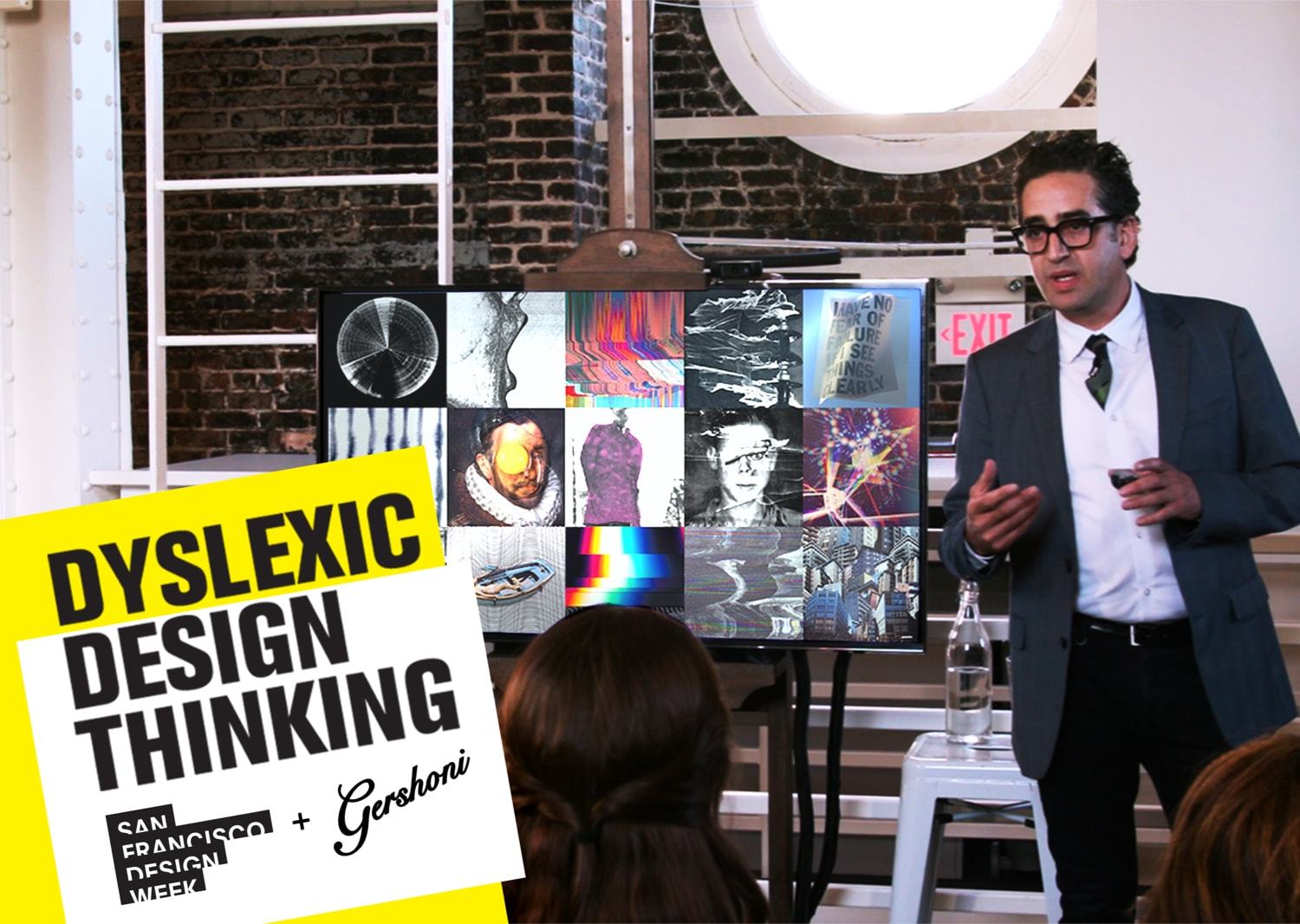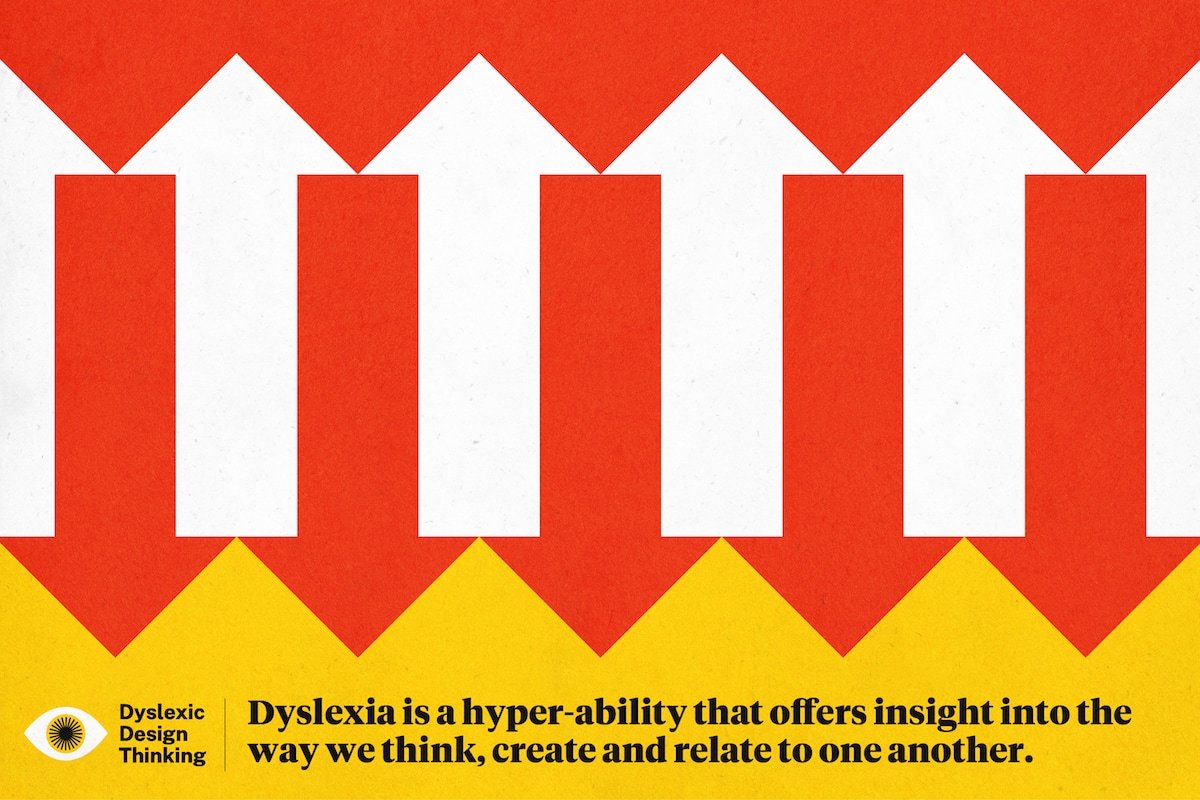
It is a way to see the bigger picture. It is an entrepreneur’s secret weapon. You can structure teams around it, or use it to improve organizational culture.
It’s called Dyslexic Design Thinking, and it’s a collaborative creation process that taps into divergent thinking and nonlinear ideation to generate unexpected ideas.
Dyslexic Design Thinking is rooted in my belief that dyslexia is a hyper-ability that offers insight into the way we think, create and relate to one another. It starts with dyslexics but it incorporates all mindsets, both neurodivergent and neurotypical.
And it’s the way I’ve been working for 25 years.
I first introduced Dyslexic Design Thinking as a concept in 2017, but its roots stretch back much farther. I was diagnosed as dyslexic, a difference in the way the brain decodes and processes language, at age 10. Back then and through much of my young adulthood, dyslexia was thought of as an impediment, something to overcome or hide.
But as I moved through my career as a creative director — eventually founding my own agency, Gershoni Creative, with my partner Amy Gershoni — I saw it had benefits that helped my team create and our clients thrive.
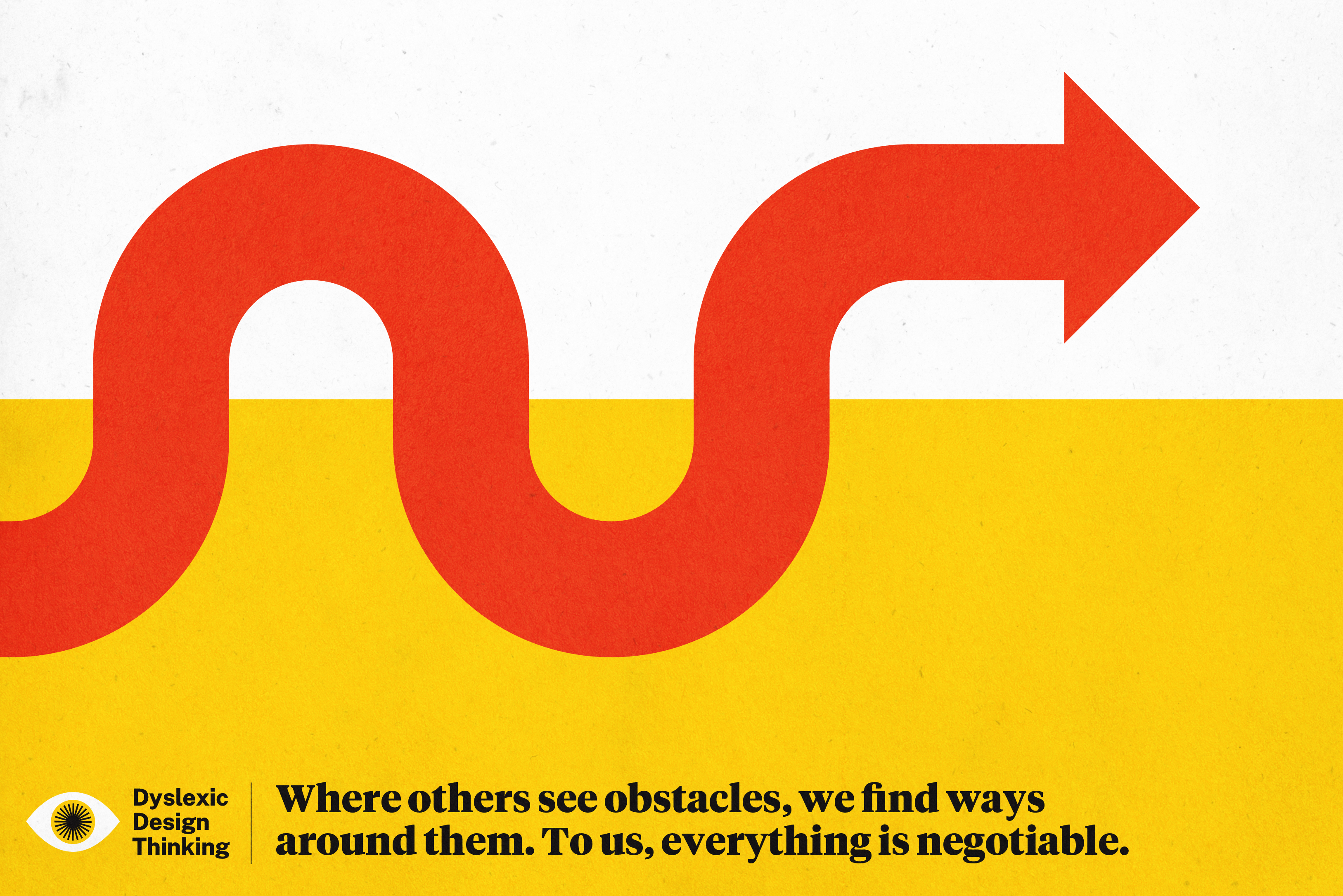
So how does it work?
Dyslexic Design Thinking is made up of a set of strategies that dyslexics come by naturally but may be foreign to more linear mindsets.
I’m talking about approaching projects without assumptions, from multiple perspectives and with endless curiosity. Dyslexics do this naturally because it’s how we’re wired. We have a beginner’s mind no matter how many times we’ve seen something. Where others see obstacles, we find ways around them.
To us, everything is negotiable. That goes for accepted linear processes, too. Dyslexic Design Thinking encourages making connections between unrelated ideas in order to draw unexpected conclusions. And whenever we slow down, it’s so we can speed up later.
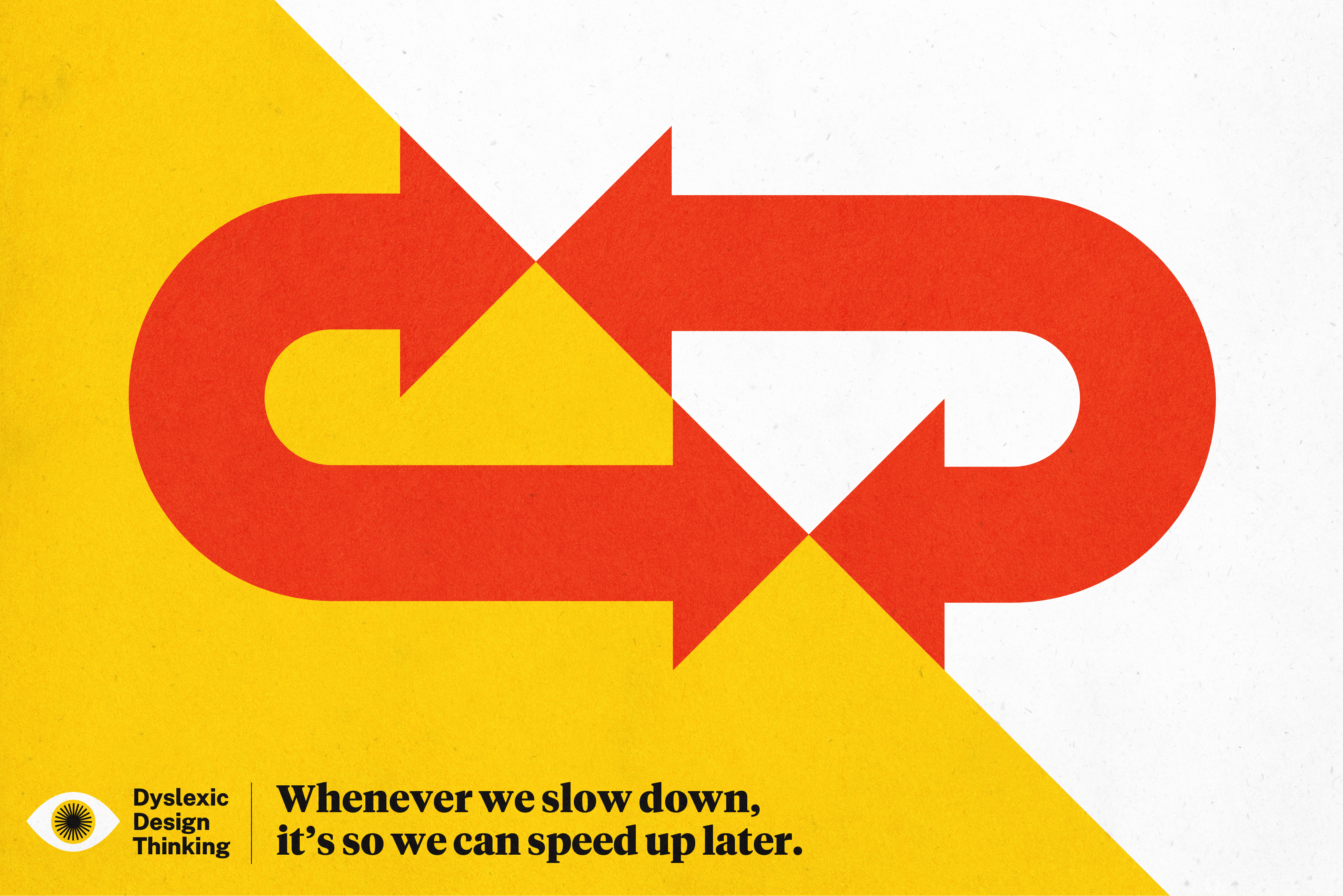
Dyslexic Design Thinking has come a long way in the last four years. It started with a sold-out SXSW talk. After that there was a viral Medium article. Then our agency won awards for DDT-powered branding work. This year, the idea was featured in a book. And now, it has a virtual salon series.
Along the way, I’ve been introduced to entrepreneurs and designers, inventors and authors, medical professionals and policy makers, who all acknowledge the way dyslexia helps them see the world from a new perspective.
In my experience: The more divergent the thinking, the more creative the work. We can be point and counterpoint. By doing that, we go beyond norms and get to new territory.
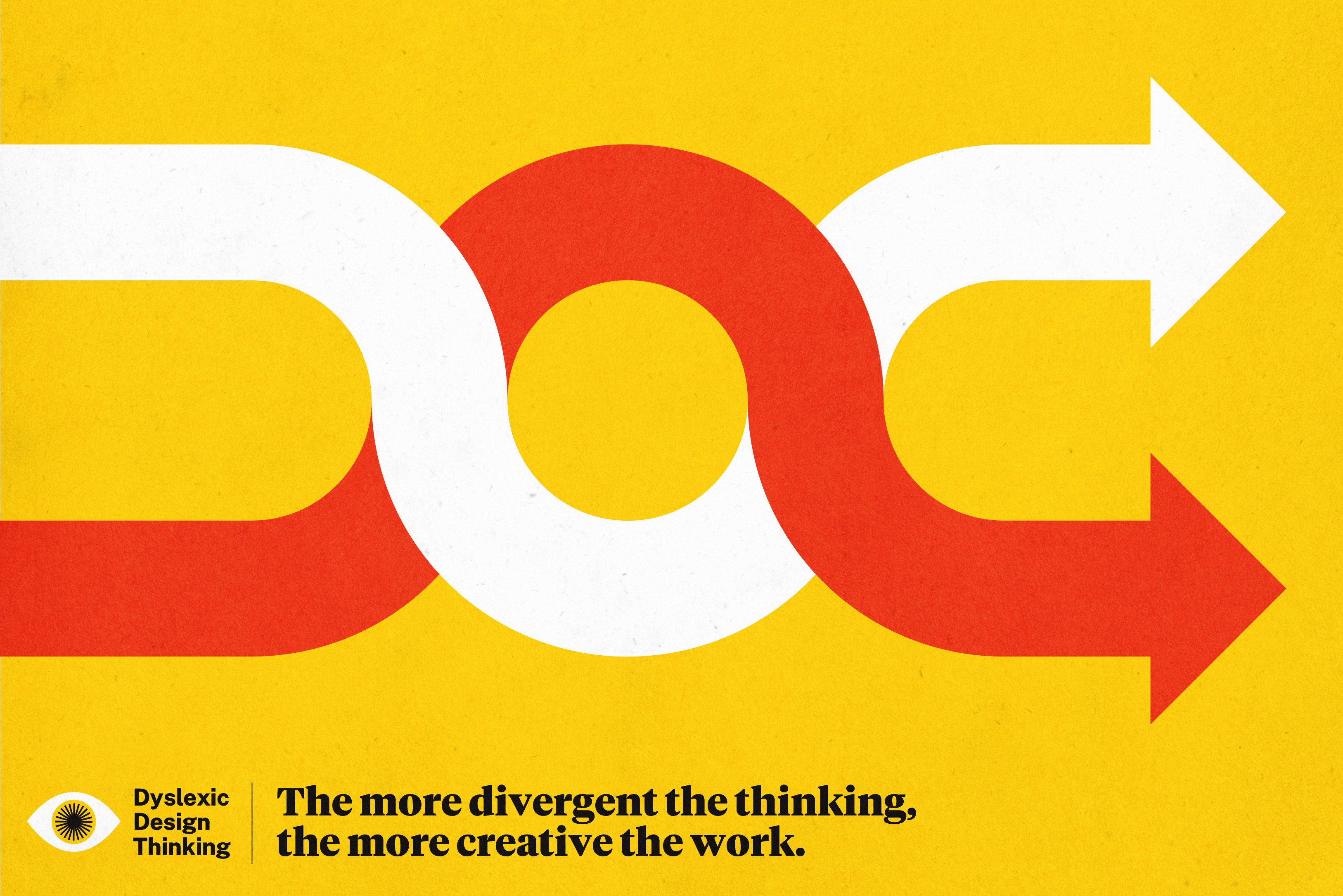
These days, with everything moving at lightning speed — technology, globalization, the way we socialize — we need more tools in our toolbox, more processes for creative problem solving in our back pockets.
So what’s yours? And how can it be sparked in a room with others who think differently from you? I hope you’ll take this article as an invitation.
Continue to embrace a diversity of perspectives in order to see the world in a new light and to create work that stands boldly apart.
That’s the power of Dyslexic Design Thinking — to see a potential roadblock as an opportunity to pursue a direction you never expected.


